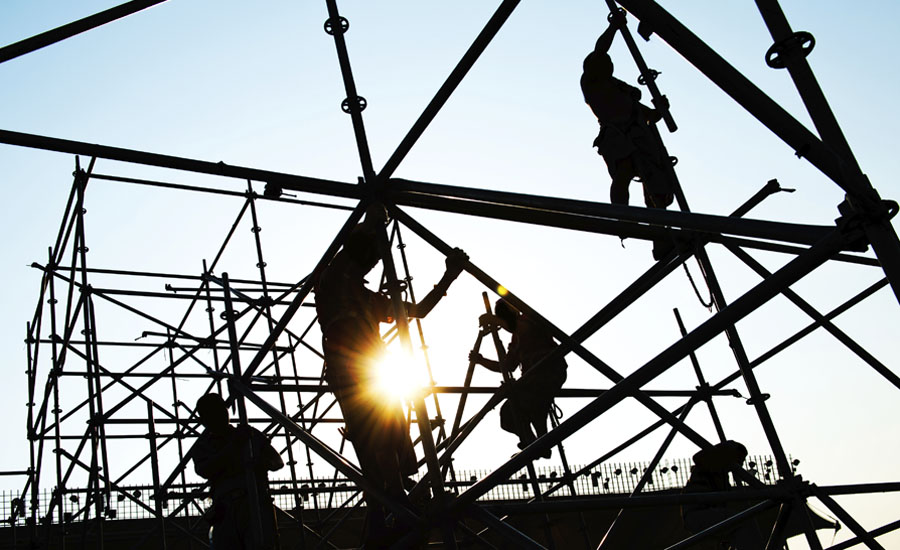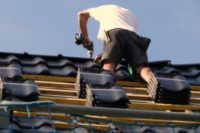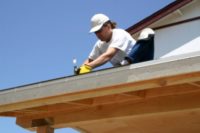Eight people have died in construction-related accidents in 2015 thus far, according to the city’s Buildings Department, as many as in all of 2014; the year before, three died. Not since 2008, during the height of the last building boom, has the number of construction accidents been so high, when a rash of episodes, including two falling cranes, claimed 19 lives, according to an article in The New York Times.
The number of accidents has also been on the rise, with 231 in 2014, up 24 percent from the year before. (Accident figures for 2015 were unavailable.) Most in the industry agree that there is a simple equation at work: The more construction, the more danger, reported The Times.
“The more jobs we have, it either means fewer workers doing more work, or more new workers who may not have as much experience or training,” Richard Anderson, president of the New York Building Congress, a trade group representing contractors, developers and designers, told The Times.
There was $36 billion in construction spending last year, according to Mr. Anderson’s group, a record that trumped the $32 billion spent in 2008. The number of new building permits issued by the city exceeded 98,000 in 2014, up from 74,000 in 2010.
Construction unions and contractors that use union labor contend that the rise of cheaper, nonunion labor, an increasingly common practice in one of the most expensive real estate markets, is to blame for the rise in accidents.
“This is the second-most-dangerous job in America after mining, so you need guys who know what they are doing,” Louis J. Coletti, president of the Building Trades Employers’ Association, which represents unionized construction companies that have been trying to fend off nonunionized competitors, told the Times. “We have the best training and the best safety standards, period.”
Some of the recent serious accidents seem surprisingly mundane, underscoring the dangers inherent in construction work.
One worker died in December 2014 after falling half a story from a ladder, while another died that month falling from scaffolding.
Another worker tumbled eight stories through a hole in scaffolding in April 2014 while repointing bricks.
Other accidents can be unexpected, even freakish, as in March of this year, when a construction fence, meant to protect pedestrians from falling objects, came loose in the wind at the former St. Vincent’s Hospital in Greenwich Village, which is being redeveloped as condominiums. It struck a woman and killed her.
And a large section of flooring collapsed during interior demolition of an apartment building in Brooklyn last year, injuring nine workers, though all survived.
Source: The New York Times



